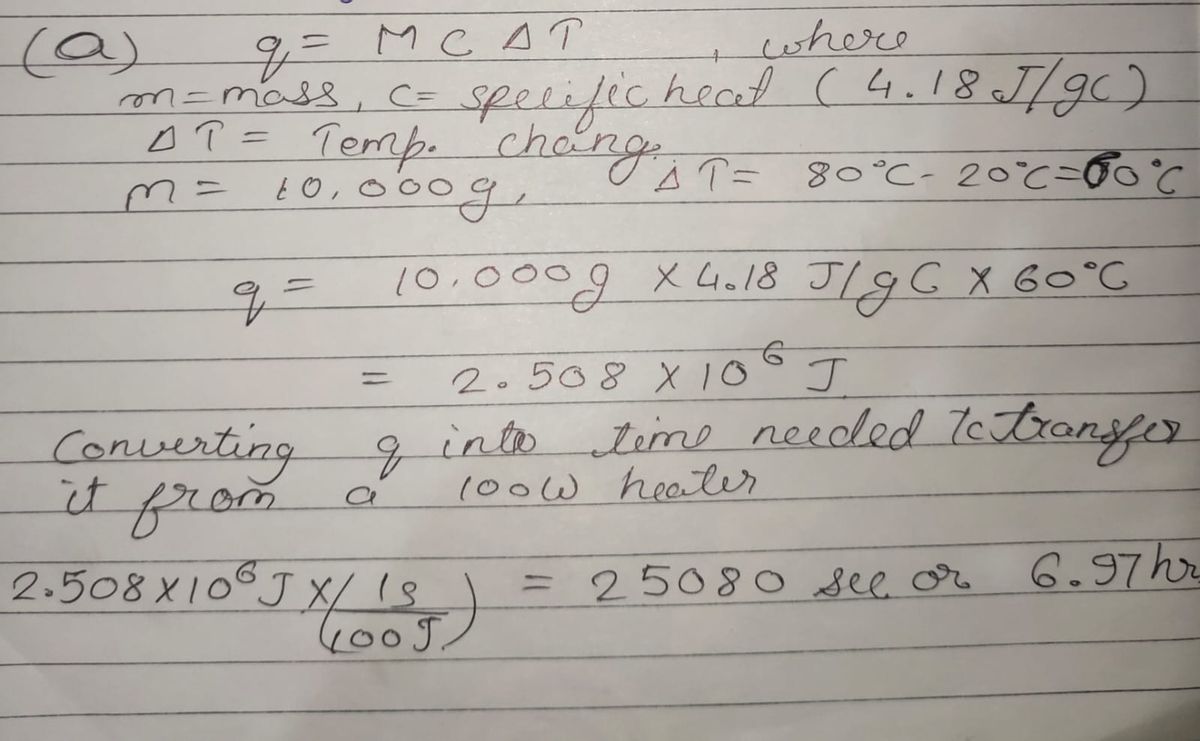An electric immersion heater rated at 100 W is used to heat up 10 kg of water initially at 20 Degrees Celsius. If any heat loss is ignored, how long does it take for the water to reach a temperature of 80 Degrees Celsius? b) Now you cannot wait that long to take a warm shower and your patience is only 15 minutes. So, you decide to buy a new and more powerful heater. What should be the power of the heater?
Thermochemistry
Thermochemistry can be considered as a branch of thermodynamics that deals with the connections between warmth, work, and various types of energy, formed because of different synthetic and actual cycles. Thermochemistry describes the energy changes that occur as a result of reactions or chemical changes in a substance.
Exergonic Reaction
The term exergonic is derived from the Greek word in which ‘ergon’ means work and exergonic means ‘work outside’. Exergonic reactions releases work energy. Exergonic reactions are different from exothermic reactions, the one that releases only heat energy during the course of the reaction. So, exothermic reaction is one type of exergonic reaction. Exergonic reaction releases work energy in different forms like heat, light or sound. For example, a glow stick releases light making that an exergonic reaction and not an exothermic reaction since no heat is released. Even endothermic reactions at very high temperature are exergonic.
1)
a) An electric immersion heater rated at 100 W is used to heat up 10 kg of water initially at
20 Degrees Celsius. If any heat loss is ignored, how long does it take for the water to reach a
temperature of 80 Degrees Celsius?
b) Now you cannot wait that long to take a warm shower and your patience is only 15
minutes. So, you decide to buy a new and more powerful heater. What should be the
power of the heater?

Trending now
This is a popular solution!
Step by step
Solved in 2 steps with 2 images









